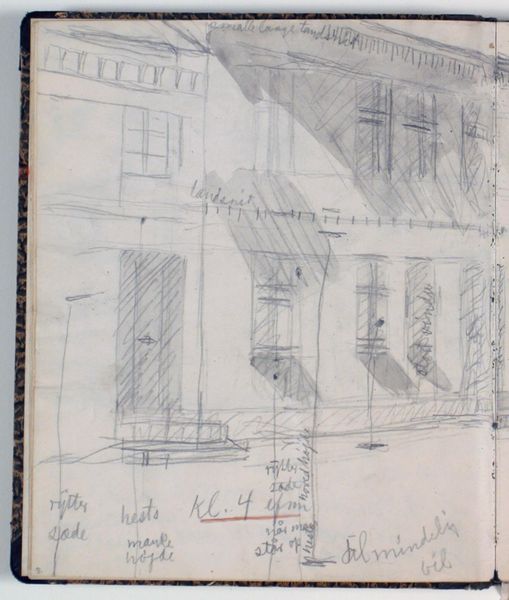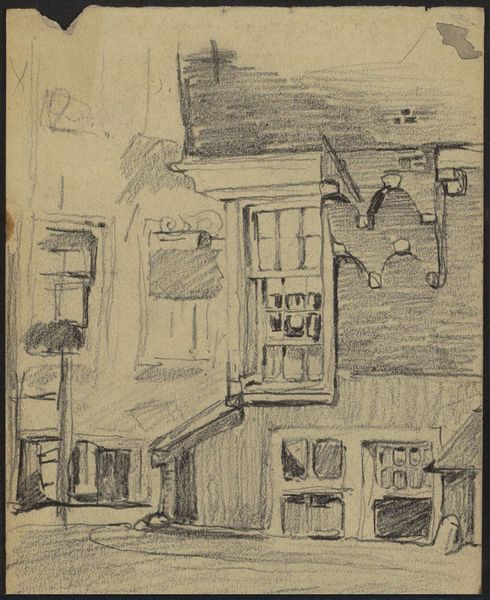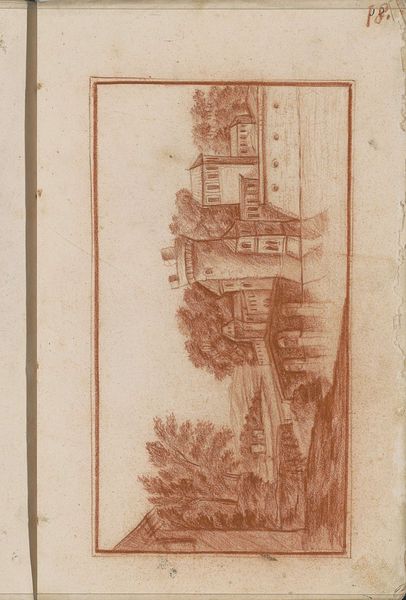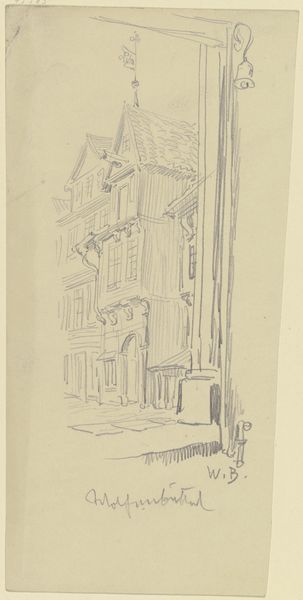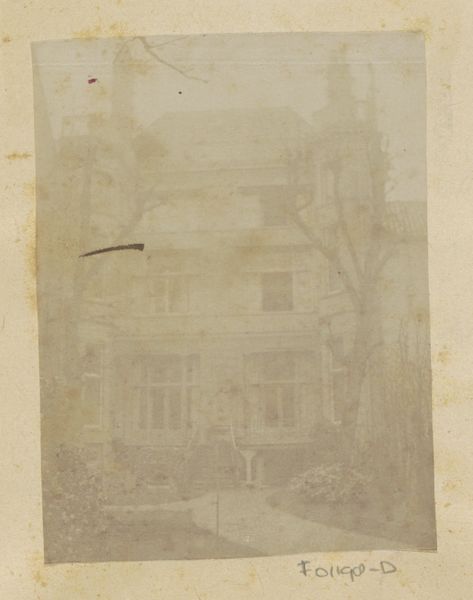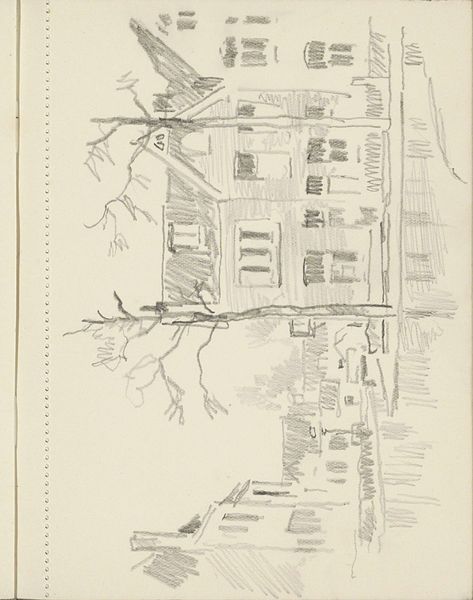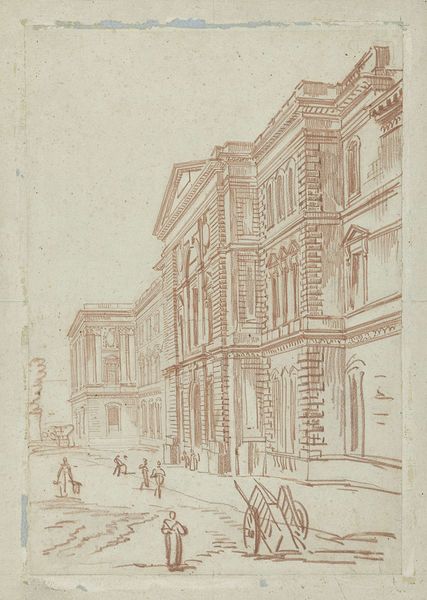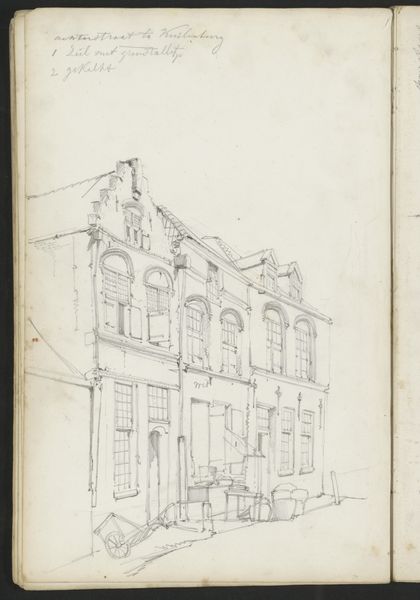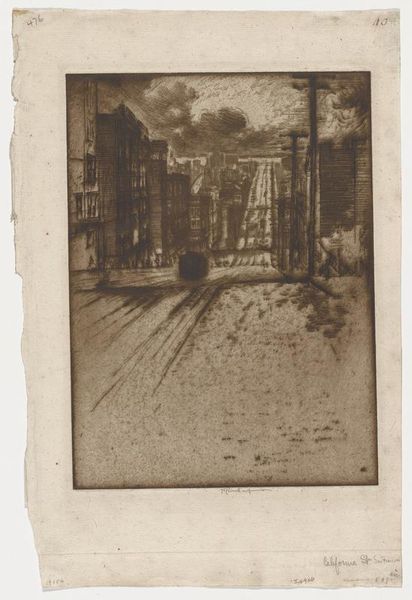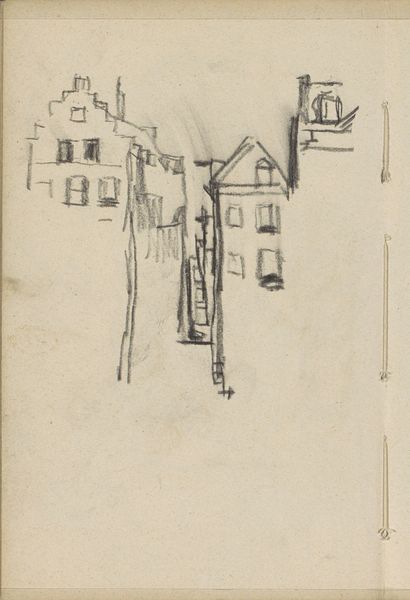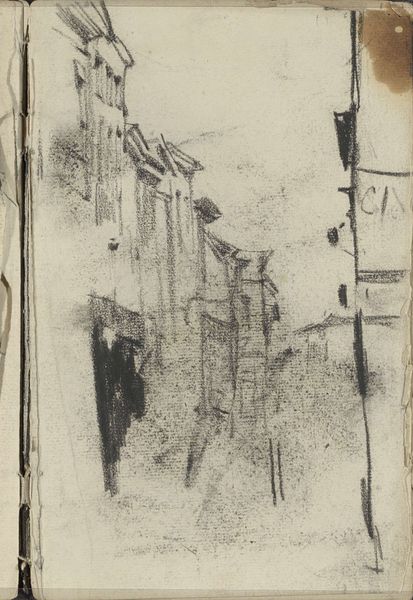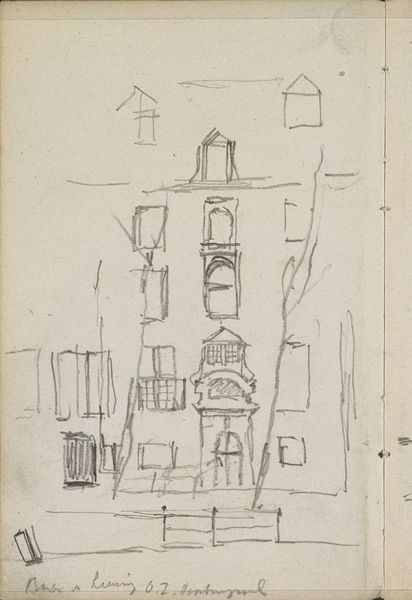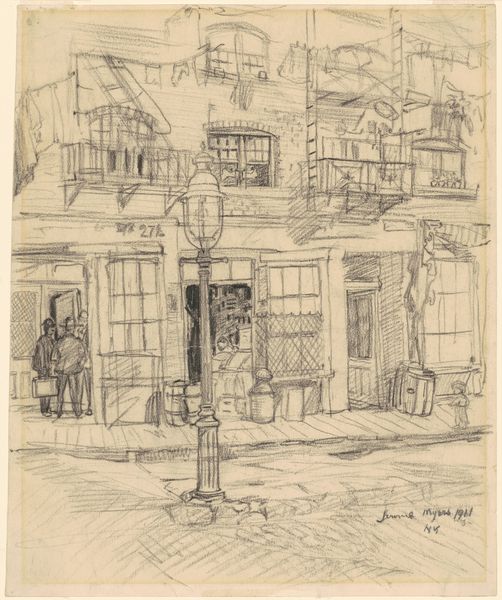
Design for a Stage Set at the Opéra, Paris 1830 - 1890
0:00
0:00
drawing, pencil
#
drawing
#
landscape
#
pencil
#
cityscape
Dimensions: Irregular sheet: 9 1/16 x 6 1/2 in. (23 x 16.5 cm)
Copyright: Public Domain
Curator: Immediately striking, isn't it? There's a fragility and ethereality here. Editor: Absolutely. What catches my eye is the overt grid—it really foregrounds the process, doesn't it? This preparatory element, the sheer labour... Curator: Let’s delve into that. This drawing, likely created between 1830 and 1890, is attributed to Eugène Cicéri, and is titled, "Design for a Stage Set at the Opéra, Paris.” Editor: "Design" being key. It highlights how the materiality, in this case the paper and pencil, serves as a means to an end for a much grander production, and speaks to a hierarchy of labour involved in the opera. Curator: A pertinent observation. Given its function as a set design, consider how Cicéri, operating within a very particular socio-political context, might have conceived of this backdrop for the Parisian opera? Who was included or excluded? What cultural narratives were being reinforced? Editor: Precisely! And even beyond the cultural context, this is clearly a scaled drawing for skilled artisans. Think about the builders, the carpenters. Their material knowledge would inform its transformation into something real and three-dimensional. They would be crucial collaborators in bringing this vision to life. Curator: These subtle class distinctions are crucial when interpreting the intent. How much creative control was really ceded to those hands which physically erected this design? Did they perceive themselves as participating in its political messaging, consciously or unconsciously? Editor: Right. We’re not just viewing the finished art, but glimpsing the blueprints of labour, of material translation from page to stage. Curator: And to those implicated bodies in both creation and spectatorship of these grand productions. To see beyond aesthetic pleasantry, we must ask, whom did this opera house serve, and to what political and ideological ends? Editor: It is that translation between concept, labour, and the staged production that intrigues me most. The social context encoded in that shift. Curator: Ultimately, the beauty and real value is appreciating the artwork within its vast, complex historical and cultural context, seeing beyond what may seem superficially ornamental. Editor: Exactly! It's about understanding the materials, the production chain, the hands involved—acknowledging the layered history of material culture informing the final performance, in every sense of the word.
Comments
No comments
Be the first to comment and join the conversation on the ultimate creative platform.
